Weapons for the war in the Arctic
Arctic and its wealth
The Arctic is the north polar region of the Earth, which includes the margins of the continents of Eurasia and North America, as well as almost the entire Arctic Ocean with islands (except for the coastal islands of Norway), as well as the adjacent parts of the Atlantic and Pacific Ocean. Within the Arctic today there are territories, exclusive economic zones and continental shelves of eight Arctic countries - Russia, Canada, USA (Alaska), Norway, Denmark (Greenland and the Faroe Islands), Finland, Sweden and Iceland. The maximum length of the borders in the Arctic is Russia. The length of the Russian Arctic coast is 22,6 thousands of kilometers (from 38,8 thousands of kilometers of the coastline of Russia). The land territory of Russia in this region has an area of 3,7 million square kilometers (population - about 2,5 million people). Thus, these territories occupy up to 21,6% of the entire territory of the Russian Federation, but only 1,7% of the country's population lives on them.
Back in 2009, the journal Science published a detailed study of the natural resources of the Arctic. According to the researchers, about 83 billions of barrels of oil (about 10 billions of tons) lie under the ice, which is 13 percent of the world's undiscovered oil reserves. Natural gas volumes in the Arctic are estimated at about 1550 trillion cubic meters. At the same time, most of the oil reserves are located near the coast of Alaska, and almost all of the Arctic natural gas reserves off the coast of Russia. Scientists note that most of the fuel resources located in the Arctic lie at a depth of less than 500 meters.
In the Arctic zone there is a large part of the Russian reserves of chromium and manganese (90%), vermiculite (100%), phlogopite (60-90%), coal, nickel, antimony, cobalt, tin, tungsten, mercury, apatite (50%), platinum metals (47%), as well as gold (40%). Also in the Arctic zone, the production of 91% natural gas and up to 80% (from all Russian explored reserves) gas of industrial categories is concentrated. The significance of the Arctic and the Arctic regions for Russian industry and the economy of Russia as a whole is enormous.
The strategic importance of the Arctic region to ensure Russia's defense is determined by the fact that the shortest air routes from North America to Eurasia and back pass through the Arctic. It is for this reason that the most likely exchange of missile strikes (this is a hypothetical scenario) between the US and Russia will have to pass through the airspace of the Arctic zone and near space above it. Ballistic missiles flying across the North Pole have a minimum approach time. Since 1950-s, such strikes could have been made only in the nuclear version, but in the XXI century there appeared the possibility of delivering non-nuclear strikes that would pursue strategic goals. For example, the flying time of missiles to Moscow, which can be fired from US submarines off the coast of Norway, is no more than 15-16 minutes.
Combined Strategic Command "Northern Fleet"
In December 2014, specifically to protect Russia's strategic and economic interests in the Arctic, the Northern Fleet Joint Strategic Command (OSK) was formed with headquarters in Severomorsk. The main task of the new formation is to protect the economic interests of the Russian Federation in the Arctic region - from Murmansk to Anadyr. OSK “Northern Fleet” provides unified management of military forces and assets in this region. The combined command includes surface and submarine forces of the Northern fleetsea aviation, coastal troops and air defense.
The main core of the USS Northern Fleet, as you might guess, is the Northern Fleet itself, which is an interspecific strategic alliance, being, in fact, a separate military district. The fleet includes 38 large surface ships and 42 submarines. The main ground strike force of the fleet is the 14 th Army Corps, which includes the 200-I separate motorized rifle brigade (Arctic) in Pechenga and 80-I separate motorized rifle brigade (Arctic) in Alakurtti of the Murmansk region. In addition, the 61-I separate marine brigade is under the direct control of the NSC Northern Fleet. Also in the USS Northern Fleet is the 45-I Army of the Air Force and Air Defense, which includes the 1-I Air Defense Division (Severomorsk), and naval aviation of the Northern Fleet. According to earlier plans, in the 2018, the second air defense division should be formed as part of the USC.
Strengthening the Northern Fleet
Currently, the Northern Fleet is the most powerful naval unit in the country. It includes 7 of 10 strategic strategic submarine missile carriers. In 2018, the fleet will be replenished with more 400 units of modern weapons and military equipment, including five warships and boats, five support vessels, 15 new aircraft and helicopters, 62 anti-aircraft missile and radar systems. Currently, the share of modern weapons in the fleet is about 60 percent. Moreover, every year in the extreme conditions of the Arctic, testing of new and modernized models of weapons and military equipment continues.
Not so long ago, the first warship equipped with Caliber cruise missiles appeared in the fleet. This is the main frigate of the 22350 "Admiral of the Fleet of the Soviet Union Gorsh" project. 28 July 2018, the flag of St. Andrew's flag was raised on the ship, and on September 1 the ship left for permanent deployment in the city of Severomorsk. The main weapon frigates are 16 cruise missiles of the Caliber-NK family. Also, the ship is the carrier of the newest Russian air defense system "Polyment-Redut". The crew of the ship has already conducted several successful firing with the use of a new anti-aircraft missile system, the last 23 of October 2018 of the year in the waters of the Barents Sea. The ship is included in the 43-th division of rocket ships. This is the largest and most powerful combination of surface ships of the Russian Navy. It also includes the heavy nuclear missile cruiser 11442 project “Peter the Great” and the heavy aircraft carrying cruiser 11435 project “Admiral of the Fleet of the Soviet Union Kuznetsov”.
In the coming years, the new fleet of the 955A Borey project will become part of the Northern Fleet: “Prince Vladimir”, “Prince Oleg” and “Prince Pozharsky”. Also, the fleet will be replenished with three multi-purpose nuclear submarines (carriers of cruise missiles) of the 885 Yasen project: Kazan, Arkhangelsk and Ulyanovsk. Also, the fleet will have to receive two more frigates of the 22350 project: the Admiral Kasatonov and the Admiral Golovko.
The other day, the fleet was also replenished with a large landing ship of project 11711 Ivan Gren. The transfer of the vessel to the Russian fleet and the raising of the Andreevsky flag on it took place on June 20, 2018. And on October 22, 2018, the landing ship arrived in Severomorsk, making an inter-naval transition from Baltiysk to the main base of the Northern Fleet. This ship with a standard displacement of 5000 tons can take on board up to 13 main combat tanks or 36 infantry fighting vehicles / armored personnel carriers and up to 300 paratroopers.
Also in 2021, the Admiral Kuznetsov heavy aircraft carrier should return to the ranks. The only Russian aircraft carrier is being renovated and upgraded. Repair will extend the life of the ship at least 10 years. During the repair work, the main power plant of the ship will be seriously renovated, and worn-out boilers will be completely replaced on the aircraft carrier. Also, the ship will receive modern radar and electronic weapons. Also, the aircraft carrier will receive new air defense systems. At the same time, its air group will remain mixed and will consist of light MiG-29K / KUB and heavy - Su-33 fighters, as well as helicopters. The main work on the repair and modernization of the ship should take 2,5 year, another 7 months allocated to an impressive set of tests.
In September, the lead patrol ship of the arctic zone with a displacement of 2018 tons was launched in Canada on September 6440. This is the largest ship built in Canada over the past half century. In total, it is planned to commission five patrol ships of this class. Their main task is to explore, monitor, control the situation in the exclusive economic zone of Canada, patrol and control shipping. The armament of this patrol icebreaker is very modest - one 25-mm automatic gun, a helicopter and two boats.
A peculiar response from Russia to the appearance of such ships in the Arctic is the “combat icebreakers” - the more formidable universal patrol ships of the Arctic zone of the ice class of the 23550 project. The tug, icebreaker and patrol ship in one person has a large displacement, compared with its Canadian counterpart, the total displacement of 8500 tons. The main armament of the ship will be the X-NUMX-mm AK-76MA universal artillery installation, and the Ka-176 helicopter in the hangar and two Raptor-type high-speed combat boats can also be based on the ship. In addition, the ship will be based on a hovercraft project "Manul". Most likely, on board the ship will also be cruise missiles "Caliber". The first ship of the 27 project, named Ivan Papanin, was laid in 23550, the Northern Fleet could receive it by the end of 2017.
Arctic umbrella
On the island of Kotelny - in the center of the Northern Sea Route - a battery of supersonic coastal missile systems "Bastion" is deployed. Outside the radius of their actions, including in the area of eternal ice, naval aviation of the fleet operates. "Bastions" took over the military service and as part of the coastal missile and artillery brigade in the Murmansk region. Armed with Onyx anti-ship missiles, this complex is capable of hitting targets at a distance of up to 600 kilometers. In September, 2018 of the year, this complex, put into service of the 99 th tactical group of the Northern Fleet on Kotelny Island (Novaya Zemlya archipelago), was first used during tactical exercises in the Arctic.
New Ball coastal missile systems are being put into service, which are designed to control territorial waters and torrential zones, protect coastal facilities and coastal infrastructure, including naval bases, and protect coastlines in land-dangerous areas. Each year, the Northern Fleet receives 4 coastal missile complex "Bastion" and "Ball".
With the build-up of troops, the air defense of the direction also becomes stronger. The Arctic air defense units are represented today by the 45 Army of the Air Force and Air Defense, which includes a powerful formation - the 1 Division of the Air Defense Forces. The division includes three anti-aircraft and two radio regiments. The Arctic air defense units today receive the modern C-400 “Triumph” air defense missile system and the advanced Pantsir-C1 air defense missile system. For example, the 531-th Guards anti-aircraft missile regiment (Polar, Murmansk region) is completely re-equipped with new equipment (two C-400 divisions (12 PU) and the Pantryr-C1 division) (the 6 units) are also in service with a large the number of C-300PM and C-300PS SAMs.
The 1 Air Defense Division reliably covers the Arctic frontiers of the country from aviation, cruise missiles and unmanned aerial vehicles of a potential enemy. Its shelves cover the Kola Peninsula, the Arkhangelsk Region, the White Sea and the Nenets Autonomous District. Not so long ago a new anti-aircraft missile regiment was formed as part of the army, which is based on the Novaya Zemlya archipelago (two divisions of the S-300PM air defense missile system (12 PU) and one division of the C-400 SAM (12 PU). In November 2017 were plans to create another air defense division in the Arctic were announced, the commander of the Northern Fleet, Admiral Nikolai Evmenov, told reporters about this.
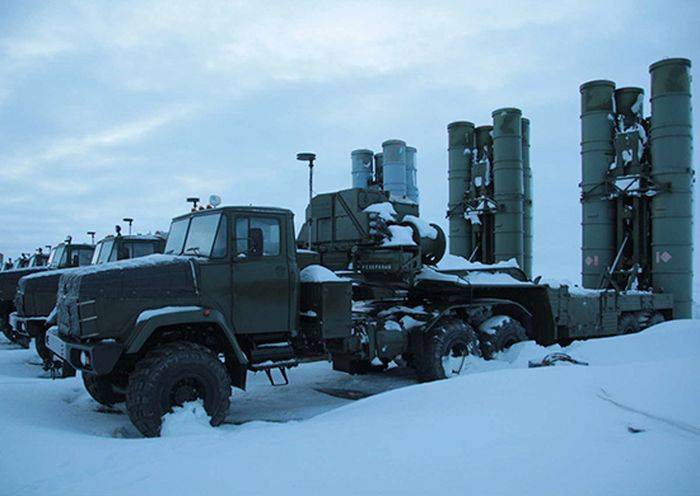
The new division will cover the territory from Novaya Zemlya to Chukotka, ensuring the creation of a solid radar field. In August, 2018, the construction of a new military camp in the village of Tiksi (Yakutia) began, it is planned to be built in six months. The servicemen of the air force and air defense of the Northern Fleet will be stationed here. Relying on new stationary air defense bases with their electronic, combat and meteorological capabilities, the Northern Fleet will be able to strengthen control over the Arctic.
Especially for the Arctic and use in the conditions of the Far North, Izhevsk Electromechanical Plant Kupol is developing a new version of the Tor-M2 air defense system. The Arctic version of this air defense system received the designation Tor-M2DT. This unit is able to work even in 50-degree frost. Especially for use in the conditions of the Far North, the complex was placed on the basis of a two-link tracked tractor DT-30PM. This chassis not only can overcome any off-road, but is also able to swim. Pilot design work on the Torah Arctic modification is planned to be completed before 2020. The firing tests of the pilot complex at the Kapustin Yar test site in the Astrakhan region were successfully completed at the beginning of 2018. Now, the Tor-M2DT air defense system is waiting for climatic tests and testing of the possibility of transfer by air. It is already known that after the completion of state tests, the first division with new complexes will go into service with one of the units of the Northern Fleet.
New armament for arctic brigades
Some Arctic units of the Russian armed forces are still using simple and effective means of transportation, which are indispensable in this area: skis and even sledges, which reindeer and dogs are harnessed to. At the same time, special equipment, which is already sufficient in the army, is becoming increasingly common. First of all, we are talking about the two-link tracked all-terrain vehicles “Ruslan”, the two-link tracked snow and swamp-going vehicles GAZ-3344-20, as well as the two-link tracked all-terrain vehicles DT-10М “Vityaz”. This unique model in the version for the armed forces can be equipped with armor protection and work completely offline. These machines have already been tested for reliability and entered service with the Russian Arctic brigades and brigades of the Marine Corps of the Northern Fleet.
The two-link tracked snow and swamp-going vehicle DT-30PM "Omnipresent" is also becoming more common. On its basis, the Tor-МХNUMXДТ SAM system has already been created. Also, this chassis is planned to be used for the installation of 2-mm MLRS Grad and 122-mm MLRS Smerch. These systems will provide the Russian arctic brigades with a substantial fire superiority over a potential adversary in the Arctic. Already, on the basis of DT-300, a bakery, a kitchen, a water tank and a tanker truck have been created, which are also necessary to provide the troops with everything they need in harsh climatic conditions.
They enter the arctic units and new tanks. By the end of 2018, the re-equipment of the 80-th separate motorized rifle brigade with T-80BVM tanks should be completed. According to experts, this tank is ideal for use in the Far North. With their appearance here, the strike power of the Arctic brigades of the 14 Army Corps will increase significantly. After the 80 OMSBR, these tanks will be received by the 200-I separate motorized rifle brigade.
It was no coincidence that the main battle tank T-80BBM was chosen for arming the Arctic brigades. A very important role was played by the gas turbine engine installed on the tanks (GTE), which is easier to start in the extreme cold weather characteristic of this region. When the ambient temperature is below -40 degrees Celsius, operational readiness of such tanks is achieved in a matter of minutes, while at the same time warming up the diesel engines of T-72 and T-90 tanks would require at least 30-40 minutes in the cold. It is important that the main fuel for T-80BVM tanks is light kerosene, which, unlike diesel fuel, does not turn into paraffin at low ambient temperatures. In addition, the GTE provides T-80 tanks with unique speed and maneuverability characteristics, accelerating the combat vehicle up to the speed of 70 km / h.
In addition to the updated starter and generator, the T-80BMV tanks are maximally unified with the T-72B3 and T-90. They received a modern MSA - the Sosna-U fire control system, in which there is a modern thermal imager, laser range finder, automatic target tracking. This MSA significantly increases the fire capabilities of the tank, the effectiveness and range of target destruction, even when using conventional ammunition. In addition, T-80BVM tanks will receive a complex of guided armament of tanks (KUVT) "Reflex".
Light combat buggies “Chaborz M-3”, specially adapted for arctic conditions, can also find their application in the Arctic. The northern version of such a buggy was first demonstrated in March 2018 of the year during the exercise in Franz Josef Land. The rear-wheel drive wheels were replaced by trucks, the front wheels by skis. On the buggy there are places for three people - the driver and the shooter with the 7,62-mm machine gun, as well as the third crew member, who sits slightly higher than the others and can also fire from various types of weapons. On the arms at the back there are places for mounting a machine gun or an 30-mm automatic grenade launcher. Possessing a total mass of the order of 1270 kg, such a machine is able to accelerate along the roads up to the speed of 130 km / h, while possessing a good cross. The arctic version of the buggy has advantages over conventional snowmobiles or dog / deer sleds.
Information sources:
http://nvo.ng.ru/armament/2018-10-19/8_1018_arctic.html
https://ria.ru/arctic_spravka/20100415/220120223.html
https://iz.ru/744163/bogdan-stepovoi-aleksei-ramm-nikolai-surkov/poliarnykh-strelkov-usiliat-reaktivnymi-tankami
https://navy-korabel.livejournal.com/20630.html
https://www.korabel.ru/news/comments/glava_nevskogo_pkb_vse_o_remonte_avianosca_admiral_kuznecov.html
https://regnum.ru/news/2471661.html
Open source materials
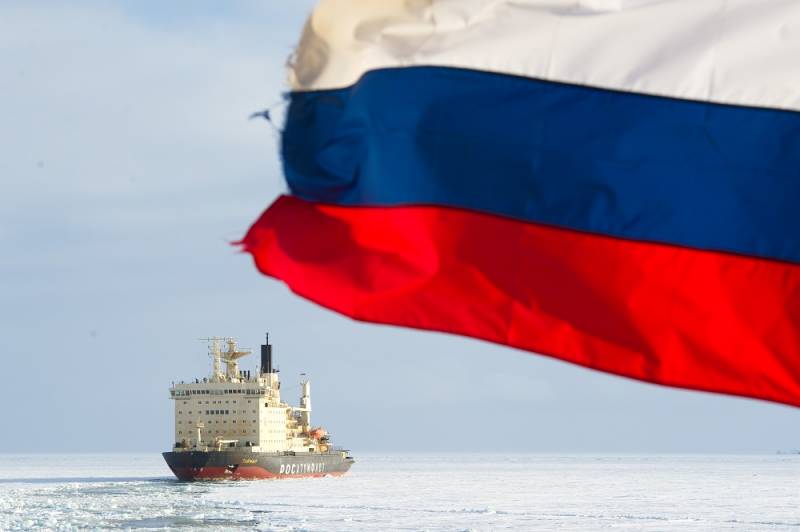
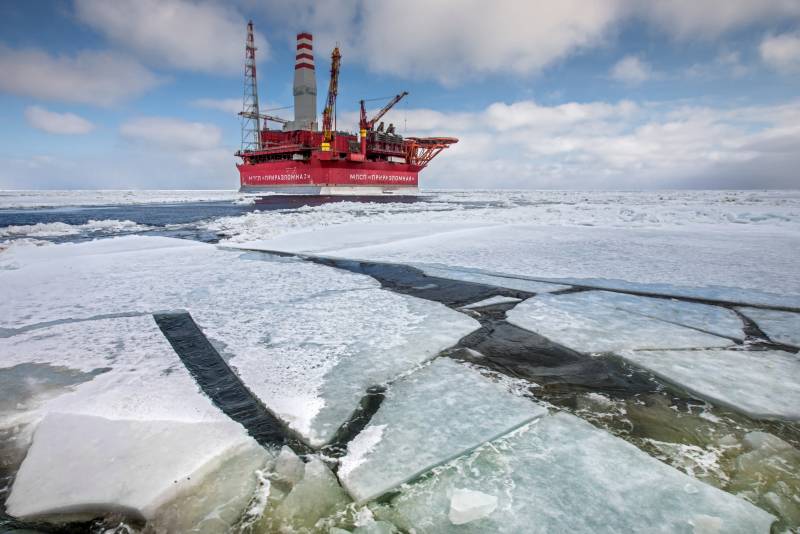
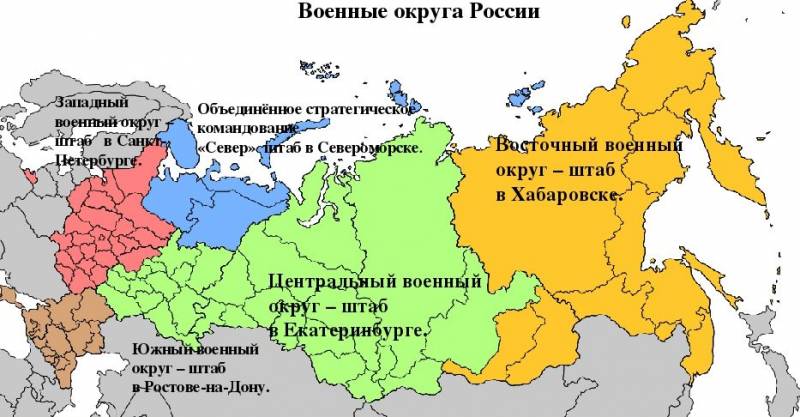
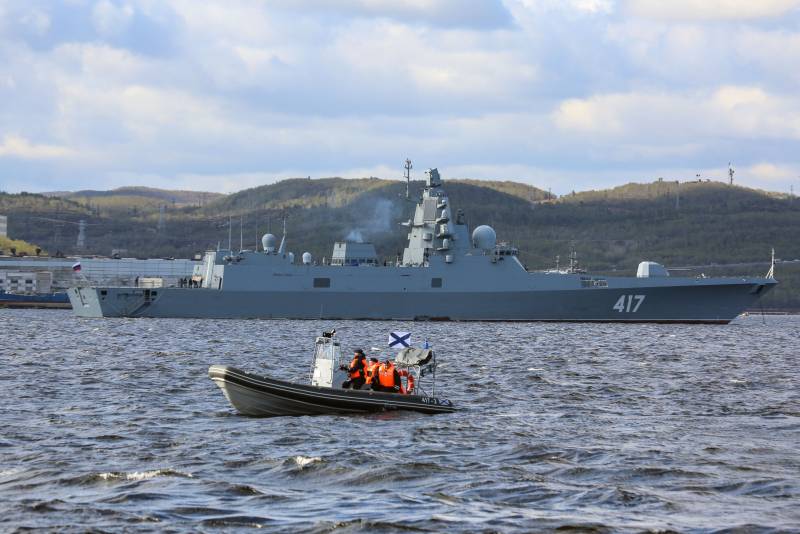
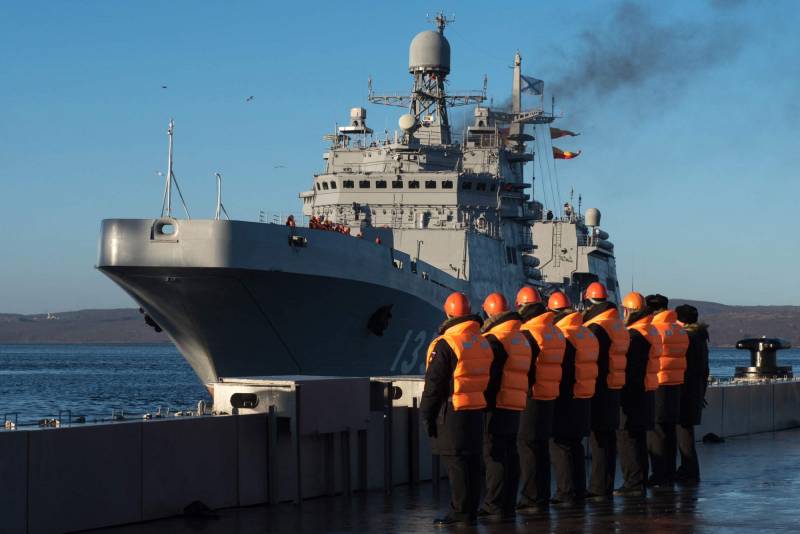
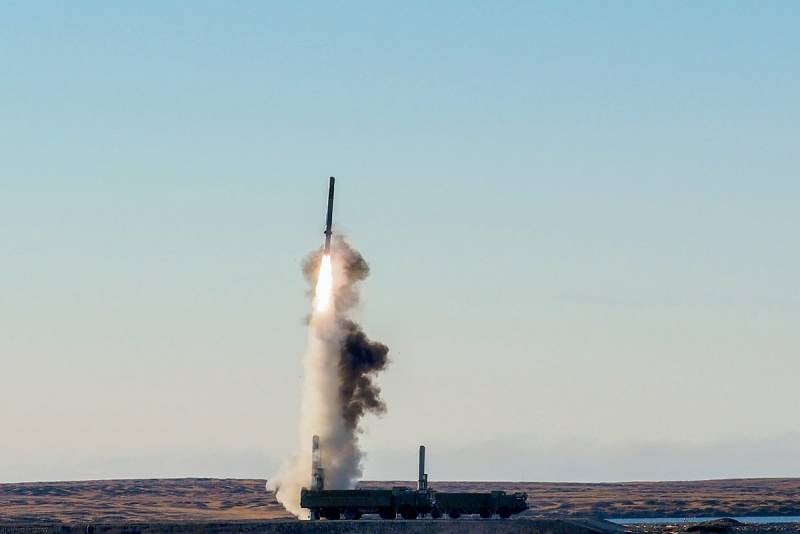
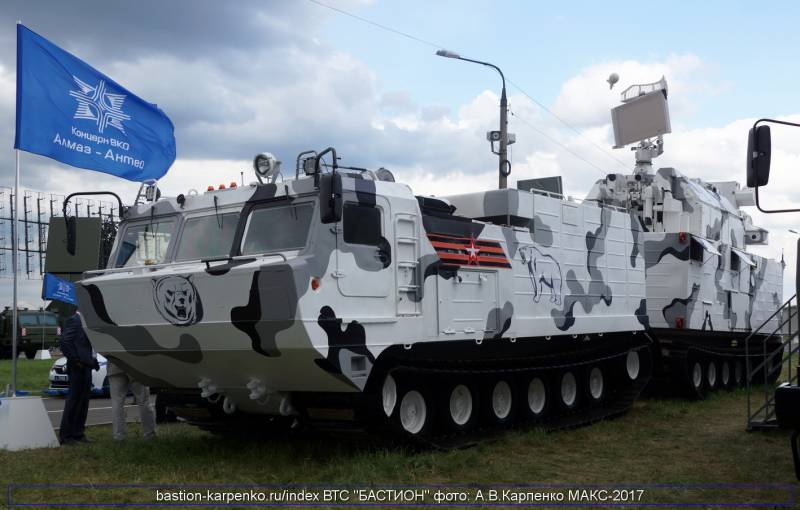
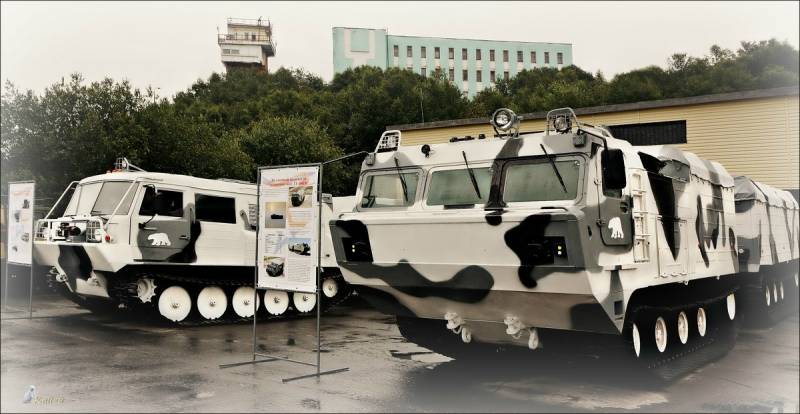
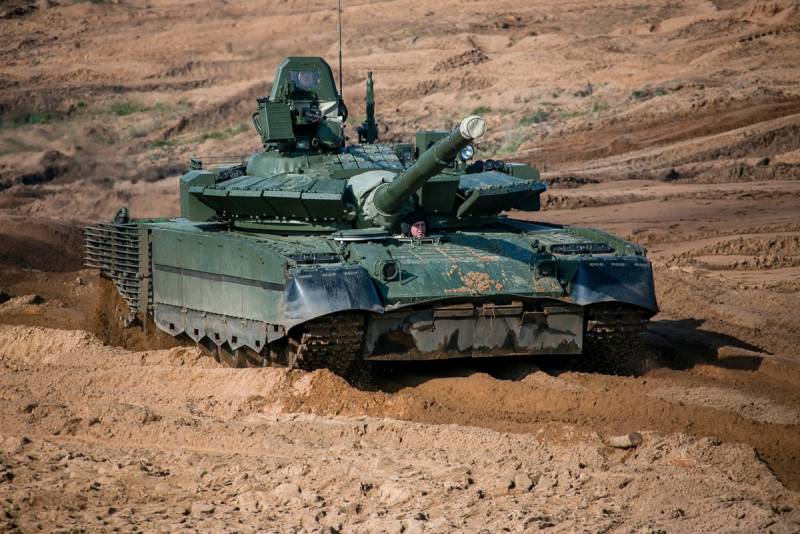
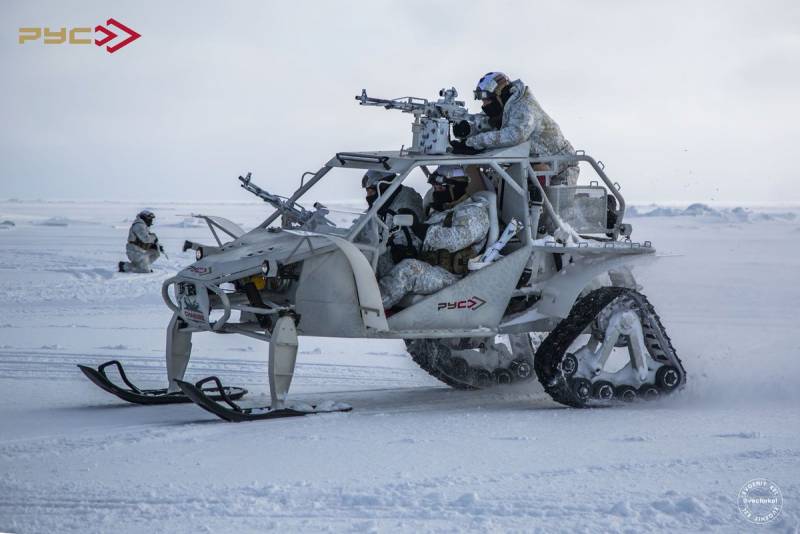
Information